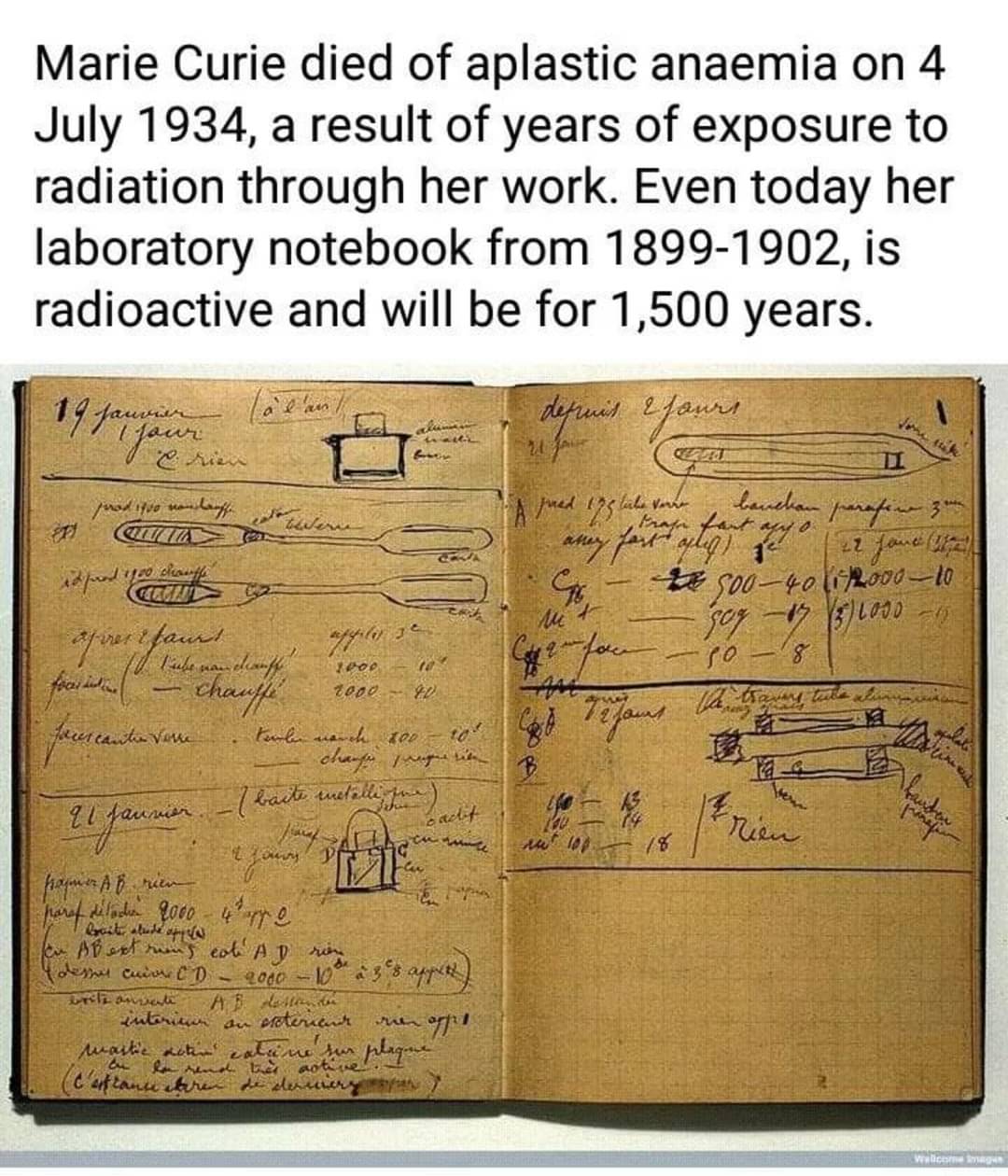this post was submitted on 15 Jul 2024
631 points (97.9% liked)
Science Memes
12071 readers
2707 users here now
Welcome to c/science_memes @ Mander.xyz!
A place for majestic STEMLORD peacocking, as well as memes about the realities of working in a lab.

Rules
- Don't throw mud. Behave like an intellectual and remember the human.
- Keep it rooted (on topic).
- No spam.
- Infographics welcome, get schooled.
This is a science community. We use the Dawkins definition of meme.
Research Committee
Other Mander Communities
Science and Research
Biology and Life Sciences
- [email protected]
- [email protected]
- [email protected]
- [email protected]
- [email protected]
- [email protected]
- [email protected]
- [email protected]
- [email protected]
- [email protected]
- [email protected]
- [email protected]
- [email protected]
- [email protected]
- [email protected]
- [email protected]
- [email protected]
- [email protected]
- [email protected]
- [email protected]
- [email protected]
- [email protected]
- [email protected]
- [email protected]
- !reptiles and [email protected]
Physical Sciences
- [email protected]
- [email protected]
- [email protected]
- [email protected]
- [email protected]
- [email protected]
- [email protected]
- [email protected]
- [email protected]
Humanities and Social Sciences
Practical and Applied Sciences
- !exercise-and [email protected]
- [email protected]
- !self [email protected]
- [email protected]
- [email protected]
- [email protected]
Memes
Miscellaneous
founded 2 years ago
MODERATORS
you are viewing a single comment's thread
view the rest of the comments
view the rest of the comments

Um, Chernobyl is still extremely radioactive. You probably mean the exclusion zone which is really not that bad, there's even tourists going there. But it's still not recommended to live there due to cumulative exposure.
So the site itself is still deadly, but the areas around it are not? Would that be the case for a nuclear attack as well? Like ground zero would stay deadly but the rest of the city would be safe a few decades later? I just realized that I don't actually know very much about nuclear fallout. How are Hiroshima and Nagasaki safe?
Complex topic. It would depend on the bomb in question. Some are more "dirty" than others.
The clouds of radioactive gases carry radiated dust particles that are carried by winds and settle on the ground, roofs, etc (fallout). That's why after Chernobyl or the Japanese cities were attacked it was very important which way the wind was pushing the clouds carrying the tiny debris, ash, and dust and how the Chernobyl disaster was detected by other countries in the path.
You probably also want to avoid trying to grow any crops in the area because one way to deal with the radioactive dust is to bury it under the top soil, and buildings that have been closed since Chernobyl that still have the dust trapped inside are still very dangerous.
Edit: the bombs in Japan exploded high above the ground to maximize damage and minimize fallout. The gases were carrying less radiated particles, and mostly dispersed after the initial blast or carried by winds. The gases over Chernobyl kept going until the fires were out.
It's been a couple of decades since I watched the documentary so maybe my memory is betraying me but from what I remember the bombs dropped on Japan didn't touch the ground. They detonated in the air so there technically isn't a ground zero.
Generally the really nasty gamma emitting fission products lose their nastiness after a couple of months. Their half lives tend to be counted in hours.
Interesting video on Chernobyl and the people still living in the exclusion zone.
https://www.bbc.com/travel/article/20140116-cooking-in-the-danger-zone-chernobyl
I can't watch the video via the BBC site but it exists elsewhere.
Thanks!